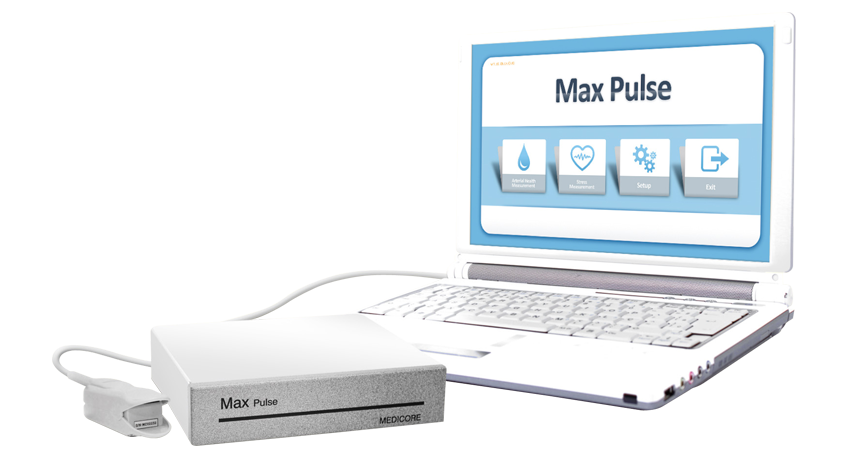The 1-7 sequence does not seem to make sense because issues concerning arterial hardening are not in sequence. As the arteries get harder a patient moves through a scoring of 1-2-4-6. Types 3 and 5 are related to heart weakening.
But the numbers (or letters in the case of the Meridian DPA) are in sequence of severity.
The DPA is incredibly sensitive. And the 1-7 system is a severity numbering system.
1- Perfect
2 – Normal and natural loss of perfection when you are not in your teens or at peak fitness.
3. Arterial flexibility still OK, but a tiny, barely detectable loss of punch in the strength of the heartbeat.
4. Reversible, very early stage arterial hardening, probably not even showing up in blood pressure going over acceptable levels. But there is arterial degradation and is should be addressed now. Type 4 is not a condition or disagnosis and if you refer this person to a cardiologist they will come back clean. They are not will. They are just on their way to getting ill.
5- An actual condition shows up here- Congestive Heart Failure. The heart is not pumping as hard as it should and the patient likely has edema and shortness of breath. Very likely diagnosable but has been brushed off.
6- Serious arterial hardening – High risk of heart attack. Likely needs medication or in some case surgery. This is much more serious than 5.
7. Very serious, hardening and weakening, urgent, immediate intervention.
If you ignore what is wrong and just think about how serious the condition is, you will see that the 1-7 system makes sense. The numbers are arbitary. The designers could have swapped it around if they wanted to. But they created a numbering system that tells you immediately how much deterioration there is in the entire Cardiovascular system.
The original documentation uses the word dominant and gives
1-2-3-5 Dominantly Heart Weakening
1-2-4-6 Dominantly Arterial Hardening.
So they are not saying that at stage 5 there is no arterial hardening. They are saying that the big problem here is heart weakening. Same thing at Stage 6. They are not saying there is no heart weakening. They are saying that there is a huge problem with arterial hardening.
Type 3 often confuses people. But Type 3 is a passing score, with a tiny note. A Type 3 score can happen from a person not sleeping properly the night before. It is detecting a tiny weakening of the arterial pulse. It’s not all that clinically useful, especially in primary care where you are interested in sick or not sick and nothing in between. But if you are working with health, the Type 3 is worth digging a little bit on and seeing what comes out. Types 1-3 are all passing values. Type 1 is perfect, Type 2 is the slight tightening of arteries that comes from not being a teenager or at peak fitness. Type 3 is the tiny lack of punch from your heart that comes from not sleeping well, or having perhaps a slight illness – or in some cases a slight heart defect. Not very interesting in the world of illness. Only interesting if you are trying to bring people to peak health. In some of the most recent documentation, they ignore the special characteristics of type 3 completely. So we are talking tiny differences in the way the wave form is shaped.
Also keep in mind that the arterial wave has 5 components. Initial Pulse Wave, Reflected Pulse Wave, Dichtic notch or the bump when the valve closes, also central pressure and augmented pressure. So you take this very complex wave that has 5 factors moving around and then you convert it into acceleration values and get an even more complex wave. The things you see on the accelerated wave can’t be easily assigned to what is happening in the heart and arteries. The accelerated graph just shows how steep the change is moment to moment- swift increase, slow increase, swift decline, slower decline. The scientists who worked on the DPA divided it into 7 shapes. They matched the shapes to diagnoses after thousands of tests. Then they ordered them in terms of severity. That is why the 1-7 system works the way it does.
 Over the past 50 years, cardiovascular mortality rates have been decreasing each year by 2.4% for whites and 2.2% for blacks.
Over the past 50 years, cardiovascular mortality rates have been decreasing each year by 2.4% for whites and 2.2% for blacks.  The Max Pulse device is an excellent tool for helping family and general practice physicians and health and wellness providers to detect early signs of cardiovascular disease. It uses a complex analysis of the patient’s arterial pulse wave to determine arterial stiffness, circulation blockage, and stress levels in the body. It is non-invasive and only takes 3-minutes to complete the test which also makes it a convenient diagnostic tool for both patients and providers.
The Max Pulse device is an excellent tool for helping family and general practice physicians and health and wellness providers to detect early signs of cardiovascular disease. It uses a complex analysis of the patient’s arterial pulse wave to determine arterial stiffness, circulation blockage, and stress levels in the body. It is non-invasive and only takes 3-minutes to complete the test which also makes it a convenient diagnostic tool for both patients and providers.